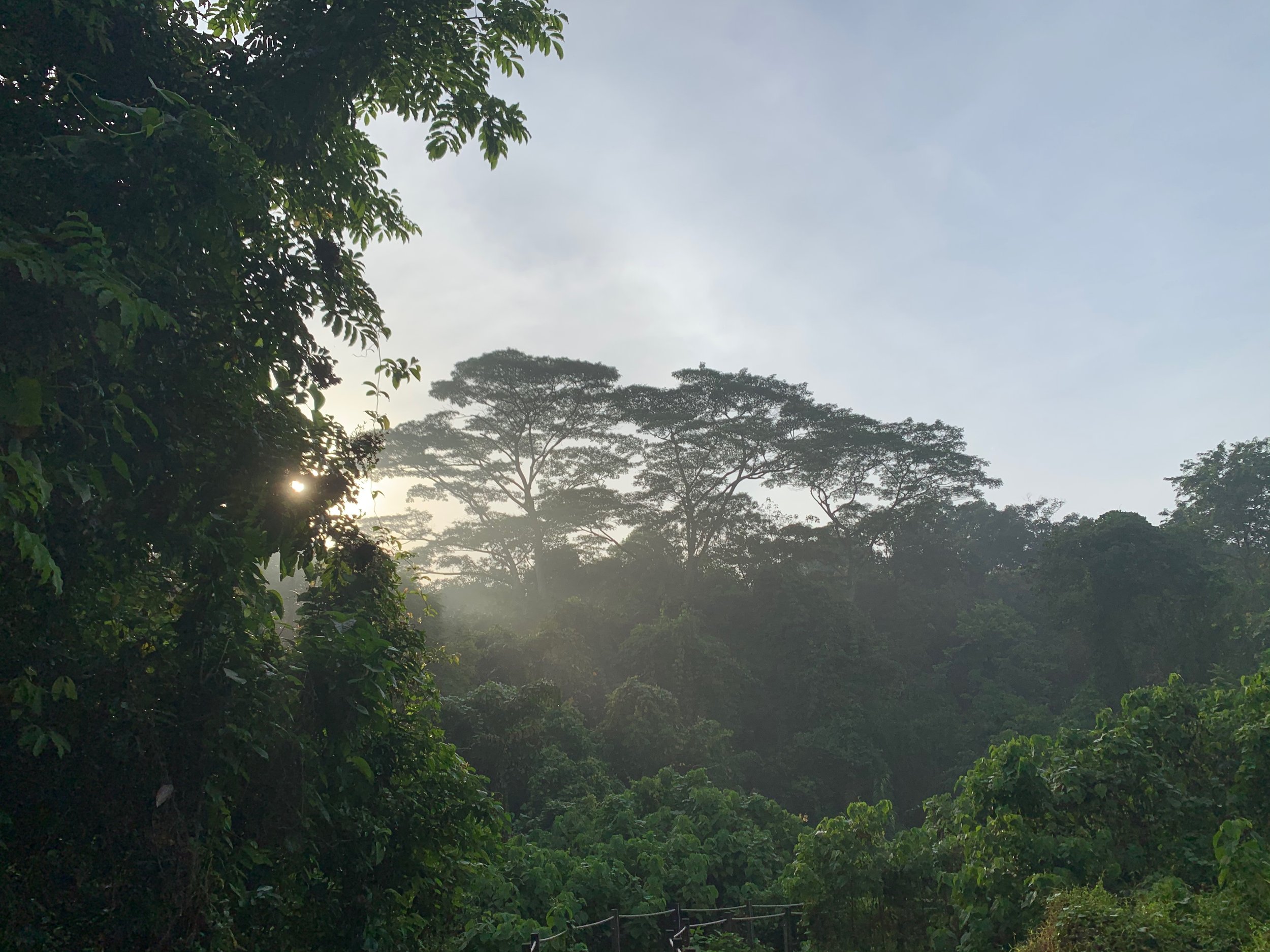Singapore must protect and restore habitats, expand ecological connectivity, mitigate human impact, and strengthen existing conservation laws. These were among the key recommendations included in the new Singapore Terrestrial Conservation Plan whose launch I was lucky enough to attend last weekend.
The plan, which is free to download, offers a snapshot of where Singapore’s biodiversity currently stands or—as one of the document’s co-authors, Dr Andie Ang, Head of Primate Conservation & Singapore Programmes at Mandai Nature, put it—“offer a better understanding of what we have, what we have lost and how we can bring it back.”
Individual chapters feature the input of local experts on Singapore’s diverse ecosystems, from freshwater invertebrates and terrestrial vertebrates to plants and fungi. Each consolidates the current state of knowledge in that area, identifies specific threats to the various species, and makes a number of proposals for their sustained conservation.
An excerpt from the Plan detailing some of the incredible vertebrates still found in Singapore.
These recommendations include elevating the currently unprotected Mandai and Tagore forests to national parks. Both forested areas act as buffers to the Central Catchment Nature Reserve and are important habitats for critically endangered species such as the Sunda Pangolin and the Raffles Banded Langur.
The report also advocates for the rehabilitation of other wild spaces such Bukit Brown, Kranji Marshes, and Dover Forest through concerted clean-up efforts, invasive species removal, and assisted natural regeneration reforestation.
Many of these sites are earmarked for future industrial or residential development but currently offer some unique environments for Singapore’s wildlife. Ensuring their long term safety and recovery would be a big step in the right direction for the Singapore government’s wish to truly be a City in Nature.
With that point in mind, enhancing the island’s ecological connectivity is also vital. Habitat restoration, tree planting, and the development of artificial structures like canopy bridges and eco–links can help reconnect currently isolated ecosystems.
During the event the authors pointed to recent reports of a Raffles Banded Langur being caught on a camera trap using the island’s first ecological bridge, which connects the Central Catchment Nature Reserve with Bukit Timah Nature Reserve, as evidence that such efforts can make a positive difference.
Developed by leading nearly 40 local academics and conservationists, the report sets out a total of nine recommendations that can better safeguard the island state’s unique biodiversity:
Protecting and restoring habitats,
Expanding ecological connectivity,
Mitigating human impact,
Intensifying research,
Allowing researchers greater access to currently off-limit areas,
Codifying the baselines for environmental impact assessments,
Strengthening relevant environment and conservation laws,
Increasing data sharing and collaboration between relevant stakeholders, and
Expanding mainstreaming education
The report, which was launched on April 28th at a very well-attended event at Singapore’s National Library, is certainly an impressive and comprehensive undertaking and is rightly being celebrated by the local conservation community. It was definitely heartening to see so many people turn out for this on a Sunday morning and especially to see so many young people in attendance, it certainly bodes well for the future.
However, the cynic in me worries that it means little without greater support from the wider population and a more concrete commitment by the government to place conservation at the centre of any future development plans for the island city-state.
The presence of Desmond Lee, Singapore’s Minister for National Development to make the opening address was obviously a positive sign. Having heard him talk a number of times he clearly has a personal commitment to protecting Singapore’s wild spaces, but the fact he constantly referenced the need to balance conservation efforts alongside other demands such as housing and industrial development left me feeling a little depressed.
With climate change already making its presence felt, as the SE Asia region swelters under an extreme heatwave, surely it’s time to recognise the vital need to put nature first when it comes to our future planning. I appreciate that this might be wishful thinking, even in a country like Singapore that has a relatively enlightened attitude towards conservation, but we simply can't carry on as normal and hope things fix themselves.
Hopefully, the knowledge and recommendations covered in the Conservation Plan will help shift the dial in nature’s favour and allow for more informed decision making in the future. In the meantime, I genuinely look forward to properly exploring its 170-odd pages further and learning a little bit more about the incredible biodiversity this island still has to offer.
Do visit the website and download your own copy of the report https://sg-tc-plan.weebly.com/



